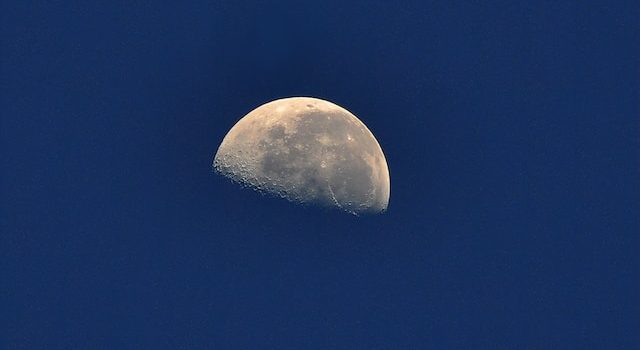
Introduction:
In 2017, a peculiar interstellar object named ‘Oumuamua captivated the world and left scientists puzzled. Now, after years of intense research and analysis, scientists have made significant breakthroughs in understanding the origins of this cosmic visitor, shedding light on its journey through the cosmos.
I. The Enigmatic ‘Oumuamua:
When ‘Oumuamua first entered our solar system, it sparked intrigue and speculation due to its unusual shape and interstellar origins. Scientists embarked on a mission to unravel the mysteries surrounding this enigmatic object.
II. Advanced Observations and Analysis:
Utilizing cutting-edge telescopes and data analysis techniques, astronomers gathered crucial information about ‘Oumuamua’s characteristics, trajectory, and composition. These advancements have paved the way for a deeper understanding of its origins.
III. Tracing ‘Oumuamua’s Journey:
Through meticulous calculations and simulations, scientists traced ‘Oumuamua’s path back to its home star system. This journey provided critical clues about the object’s formation and the conditions that shaped its interstellar voyage.
IV. A Stellar Birthplace:
Researchers determined that ‘Oumuamua likely originated from a binary star system—a system with two stars orbiting each other. Such systems are common in the universe and have unique dynamics that can influence the objects they produce.
V. Ejection Events:
Within a binary star system, gravitational interactions and close encounters can result in the ejection of objects into interstellar space. These ejection events provide a plausible explanation for ‘Oumuamua’s presence in our solar system.
VI. The Role of Planetary Systems:
Planetary systems within binary star systems play a crucial role in shaping the trajectories of interstellar objects. Close encounters with planets can act as gravitational slingshots, propelling objects into interstellar space.
VII. Unveiling ‘Oumuamua’s Composition:
Scientists conducted spectral analyses of ‘Oumuamua, revealing insights into its composition. Surprisingly, the object appeared to be a rock-like body without any significant traces of ice—a deviation from typical cometary objects.
VIII. Interstellar Object Diversity:
The discovery of ‘Oumuamua highlights the diversity of interstellar objects. By studying these cosmic nomads, scientists gain valuable insights into the variety of formations and compositions that exist beyond our solar system.
IX. The Implications for Interstellar Exploration:
Understanding ‘Oumuamua’s origins has broader implications for future interstellar exploration. It underscores the importance of investigating interstellar objects to uncover the mysteries of our universe and potentially identify celestial bodies of interest.
X. Future Discoveries:
The successful analysis of ‘Oumuamua has motivated scientists to intensify their efforts in detecting and studying interstellar objects. New observational initiatives and advanced space missions are being planned to further explore these captivating entities.
Conclusion:
Through rigorous scientific investigation, the origins of ‘Oumuamua, the interstellar object that captured the world’s imagination, have been unveiled. The research provides valuable insights into the complex dynamics of binary star systems and the diversity of interstellar objects. As our knowledge expands, ‘Oumuamua serves as a milestone in the quest to unravel the mysteries of the cosmos and fuels our curiosity for what lies beyond our solar system. The ongoing exploration of interstellar objects promises more revelations, bringing us closer to understanding the vast and awe-inspiring universe we inhabit.










